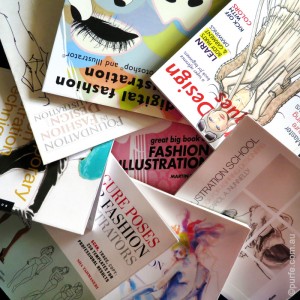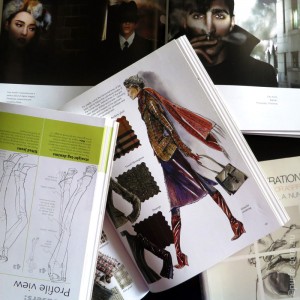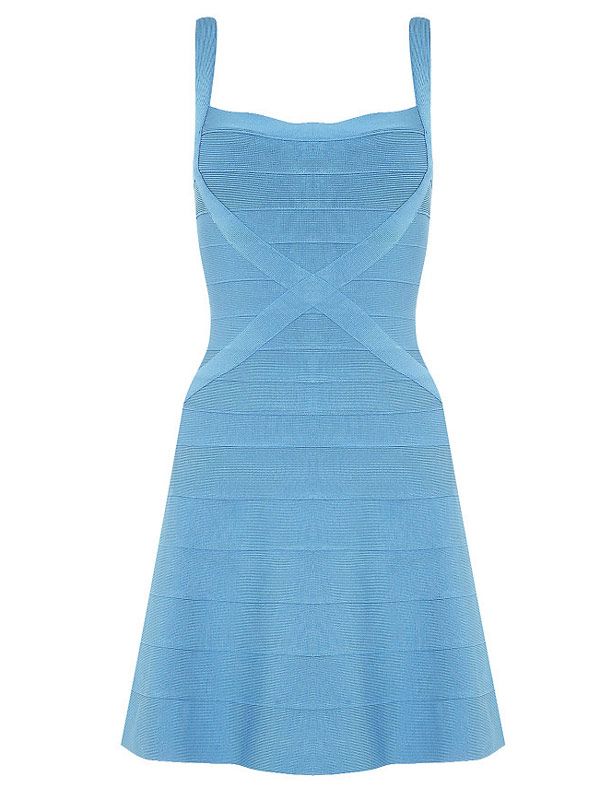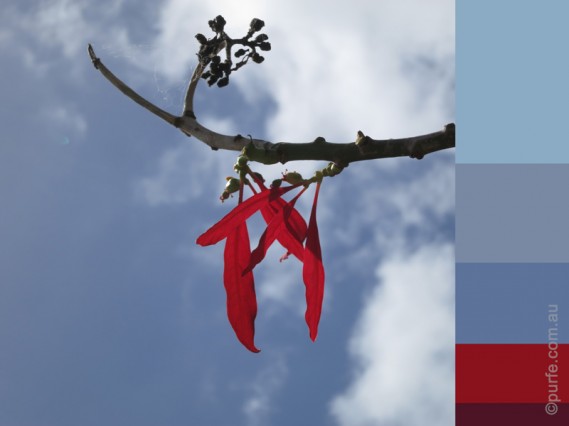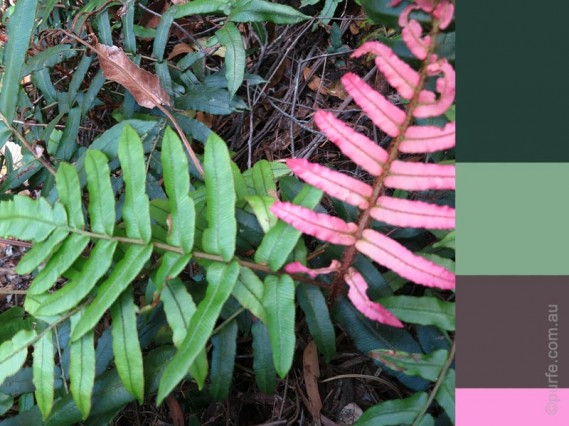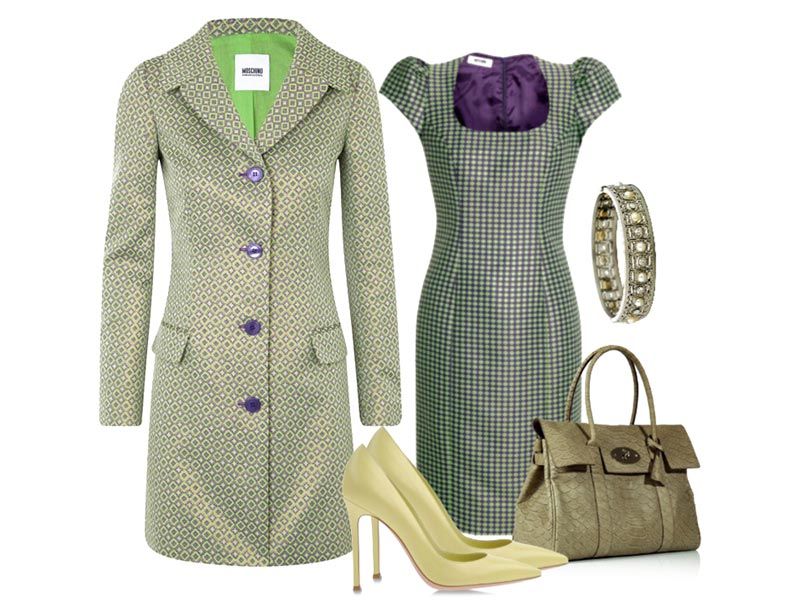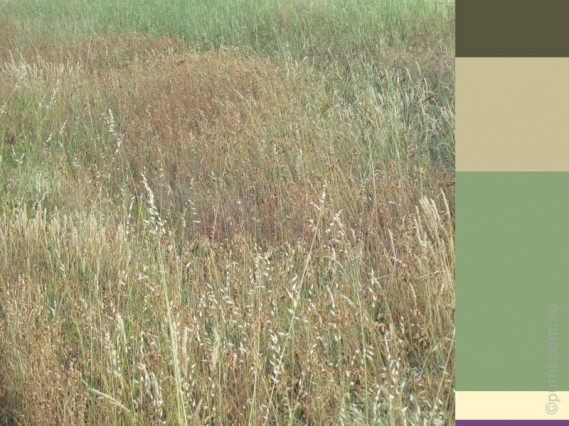I know it can be very frustrating to have a fantastic idea and not be able to put it on a paper equally brilliant.
In this post I suggest some good fashion illustration books that will help to put your idea where you thoughts are.
- Fashion Illustration Techniques: A Super Reference Book for Beginners by Zeshu Takamura
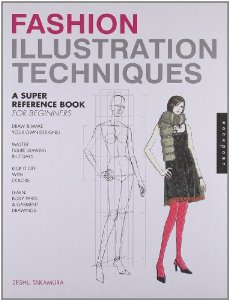 If you need fast results and have no time to comprehend body anatomy in details, go for Fashion Illustration Techniques: A Super Reference Book for Beginners by Zeshu Takamura. With a bit of practice, you will be able to draw a decent fashion figure in a week.
If you need fast results and have no time to comprehend body anatomy in details, go for Fashion Illustration Techniques: A Super Reference Book for Beginners by Zeshu Takamura. With a bit of practice, you will be able to draw a decent fashion figure in a week.
In this book, Zeshu Takamura introduces original figure drawing technique which is considerably different from the European art traditions. There is no complicated anatomy, just step by step guide: easy to follow and to produce invariably good results.
Apart from featuring sufficient amount of model poses, the book also covers almost all subjects an amateur fashion artist or designer will need. It includes textile rendering techniques, chapters of depicting fashion flats (technical drawings) and clothing, explicit “drawing from the photo” tutorials as well as loads of tips and tricks to give a sketch more professional look.
| At a glance | |
|---|---|
| Body measurement system | 8 heads |
| Illustrating men | |
| Illustrating children | |
| Colouring and fabric rendering techniques | |
| Exploring media | |
| Drawing fashion flats (technical drawings) | |
| Figure stylization | |
| Drawing from a photograph | |
| Drawing accessories |
- Drawing for Fashion Designers by Angel Fernandez and Gabriel Martin Roig
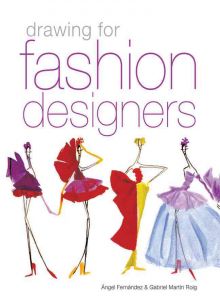 This brilliantly illustrated compendium
This brilliantly illustrated compendium hits a broad range of topics from drawing a croquis to developing a collection. It describes how to gather and organize sources of inspiration, to alter a portfolio and illustrations to industry standards, or to perform market research and meet the expectations of the target group and much more. Though some subjects are covered in brief with not many details I still recommend this book for a number of good reasons.
1. Media
Reason number 1 is the chapter “Selection and use of materials”. This section is a great time-saver as it contains many helpful tips for applying various paints and brushes on myriad types of paper (I don’t even think that there are so many of them!). Also, it explains in detail which medium to choose for the desired result. Whether we’d like to resemble a printed illustration with clean outlines and opaque colours or wish a gentle transparent look for the drawing.
2. Folds and drapes
This book is one of the few that pays great attention to depicting the dressed figure. In the same fashion that many authors study the construction of the human body Angel Fernandez and Gabriel Martin Roig examine the anatomy of folds and drapes, as well as the difference between drawing bias and grain cuts. These explanations are priceless!
3. Stylisation
Distinctive style, author’s manner is the main difference between a professional illustrator and an inexperienced one. However, not many books include a guide on how to develop it. Drawing for Fashion Designers reveals main principles that can help to develop a unique style and express the design idea in full.
| At a glance | |
|---|---|
| Body measurement system | 8, 9, 10 heads |
| Illustrating men | |
| Illustrating children | |
| Colouring and fabric rendering techniques | |
| Exploring media | |
| Drawing fashion flats (technical drawings) | |
| Figure stylization | |
| Drawing from a photograph | |
| Drawing accessories |
- Fashion illustration. Inspiration and Technique by Anna Kiper
I absolutely love this book!
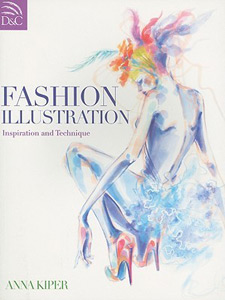 This book is brilliant. It does not have a comprehensive point by point tutorials, you will not find much about the anatomy or the use of painting materials, but it is good!
This book is brilliant. It does not have a comprehensive point by point tutorials, you will not find much about the anatomy or the use of painting materials, but it is good!
Filled with colourful and vivid drawings the book unfolds the subject of fashion illustration in exiting and artsy way.
I recommend it for everyone who enjoys drawing fashion illustrations. You will have fun, and even more if you have prior experience in drawing.
So if you are after brushing up the drawing skills – Anna Kiper’s Fashion Illustration: Inspiration and Technique is worth to read.
If I may draw a parallel between fashion illustration and cook books I’d say that while Zeshu Takamura’s Fashion design Techniques is like step by step recipe book, Anna Kiper’s Fashion Illustration is more like compendium of colourful food photography and decorating table ideas. Being very laconic it features abundance of stunning illustrations, so it doesn’t matter that there are so little words, it leaves more space for designs.
This is surely a kind of book you would want to go through few times scrutinizing details and apprehending the way drawings were made.
| At a glance | |
|---|---|
| Body measurement system | 10 heads |
| Illustrating men | |
| Illustrating children | |
| Colouring and fabric rendering techniques | |
| Exploring media | |
| Drawing fashion flats (technical drawings) | |
| Figure stylization | |
| Drawing from a photograph | |
| Drawing accessories |
- Fashion Illustration School. A Complete Handbook for Aspiring Designers and Illustrators by Carol A. Nunnelly
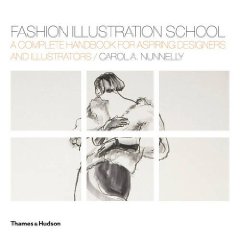 The book
The book focuses on the traditional drawing topics from the figure basics to drawing flats.
Carol A. Nunnelly deploys a great variety of poses and positioning within her book. She also introduces the body mapping concept of drawing garments on figure which I found extremely helpful.
However, the book could be much better if the chapter of texture rendering were a bit more carefully arranged. Now it looks oversimplified.
| At a glance | |
|---|---|
| Body measurement system | 9 heads |
| Illustrating men | |
| Illustrating children | |
| Colouring and fabric rendering techniques | |
| Exploring media | |
| Drawing fashion flats (technical drawings) | |
| Figure stylization | |
| Drawing from a photograph | |
| Drawing accessories |
- Figure Drawing for Fashion Design by Elisabetta Drudi and Tisiana Paci
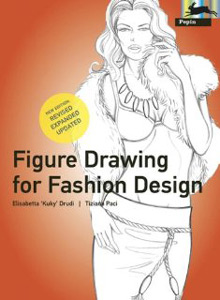 If Fashion Design Techniques by Zeshu Takamura is a step by step recipe book, Anna Kiper’s Fashion illustration. Inspiration and Technique is an inspiration book, Figure Drawing for Fashion Design
If Fashion Design Techniques by Zeshu Takamura is a step by step recipe book, Anna Kiper’s Fashion illustration. Inspiration and Technique is an inspiration book, Figure Drawing for Fashion Design is definitely a reference book.
It can be very helpful both for novice and seasoned illustrators, and all of those in between.
This comprehensive course on drawing fashion figures lays good foundation to work with and provides the most sufficient way to draw a large variety of fashion elements: from any part of the human’s body to clothing and accessories. It is really helpful as reference while depicting various poses and body movements.
Though teaching the basics is accompanied with extensive detailing which may seems to be superfluous for ordinary fashion sketch, I’m sure extra knowledge won’t hurt. At least you would know where to find it where you need it later on.
I have the first edition of the book dated 2001. Some reviews complain it was systematized and lacks clearness jumping from one subject to another. This was one of the reasons for the second version to see shop shelves in 2010. Now it is believed to be greatly expanded and updated. Also it seems to be more structured and logical then first one. I think there is nothing wrong with older version if that’s what you can get.
| At a glance | |
|---|---|
| Body measurement system | 8, 9, 10 heads |
| Illustrating men | |
| Illustrating children | |
| Colouring and fabric rendering techniques | |
| Exploring media | |
| Drawing fashion flats (technical drawings) | |
| Figure stylization | |
| Drawing from a photograph | |
| Drawing accessories |
At the end I’d also like to mention Figure Poses for Fashion Illustrators. 250 Templates for Professional Results by Sha Tahmasebi.
The title reflects it all. There are 250 royalty free templates featuring different poses in the book as well as some basic information on the subject of drawing. All poses are duplicated on CD as .tif and .jpeg images.
Free Fashion Figure Templates from Purfe
While reading these books and trying different techniques I made some croquis of 9 head models.
They are free to download and can be used for individual purposes or as reference to your own illustrations (Attribution-NonCommercial License). Looking forward to see your designs!
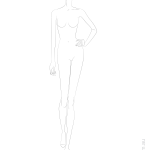 |
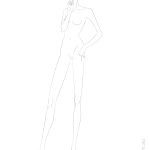 |
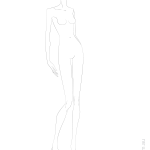 |
|---|---|---|
| Front pose | Hand on hip pose | Diagonal pose |

